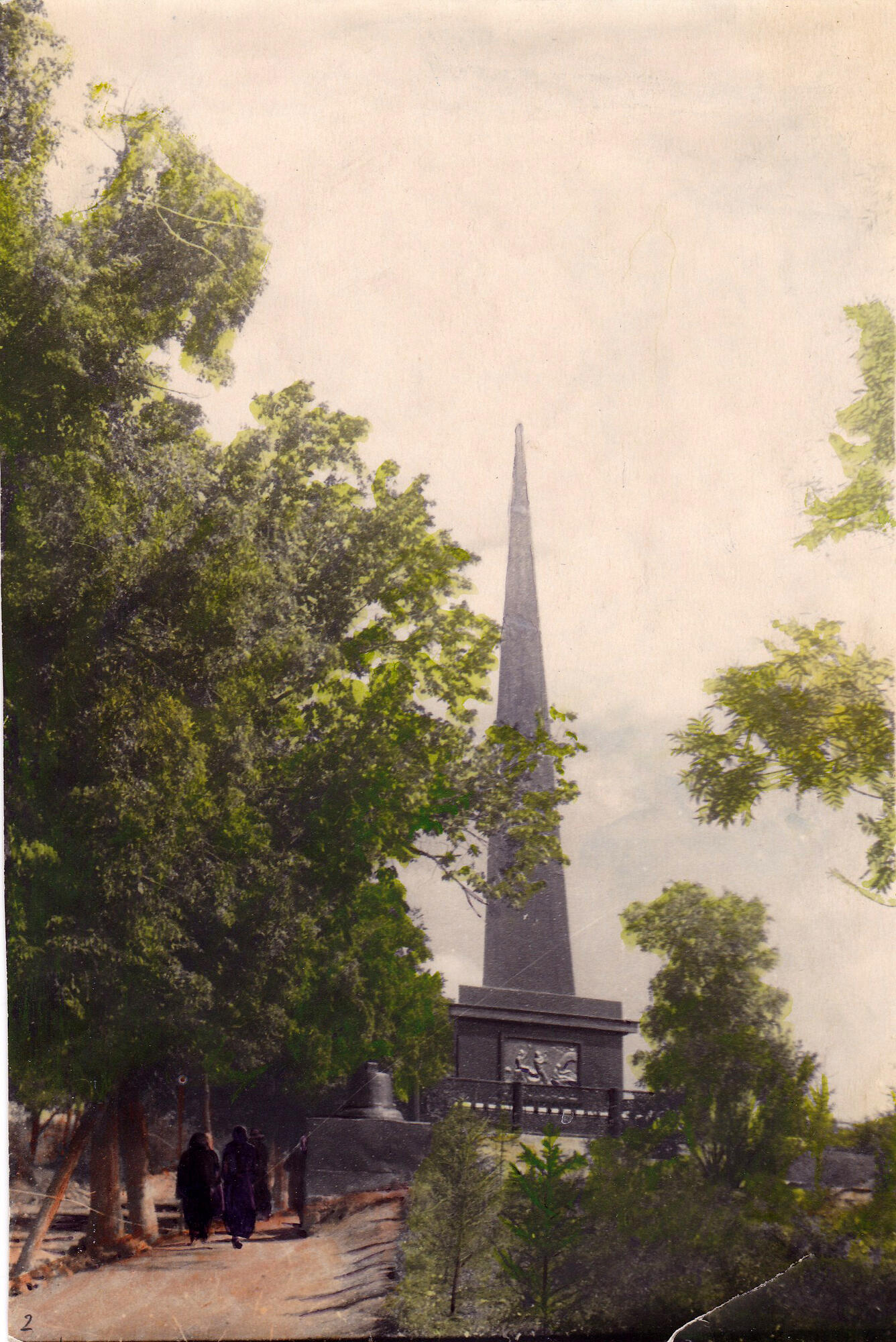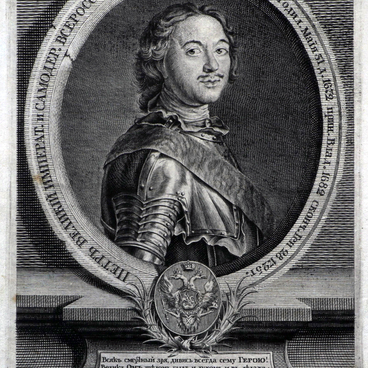An unofficial legend tells of an event that occurred when Peter the Great appeared incognito in the Lipetsk market stalls and noticed a certain merchant who used a shortened arshin (unit for measuring length equal to 69 cm). The tsar seized the arshin and drove the dishonest merchant with it all the way to Cathedral Mountain, where a monument was subsequently erected and paid for with ill-gotten money of the fraud, as a sign of repentance.
According to the official version, the St. Petersburg merchant-tax collector wanted to commemorate his gratitude to Peter when he was cured of a grave ailment on the Lipetsk mineral waters. The name of this merchant, unlike the nameless hero of the first legend, is well known — Pavel Nebuchenov.
In 1836, Nebuchenov asked permission “to erect a monument to Peter I in memory of his discovery of mineral springs in Lipetsk in 1700 and the construction of smelters and ironworks”. In the end, he received it with some reservations.
The architect G. Shakhlaryov was put in charge of the project and drew the bas-reliefs. The casting of the obelisk and the bas-relief was entrusted to Ivan Fedorov, a craftsman from the Tambov Iron Foundry. In 1839, the monument was delivered from Tambov to Lipetsk. That same year the monument was unveiled.
The triangular base of the obelisk was laid out of gray stone in the shape of stylized anchors with ropes placed on top of them. In the center of the bypass platform is a ten-meter spire. According to various versions, it symbolizes either a sunbeam or the rise of Russia’s industry under Peter the Great.
On both sides, the obelisk pedestal is decorated with cast-iron plates with bas-reliefs. One of the bas-reliefs, facing the direction where the ironworks once stood, depicts a blacksmith shop. In the middle of the forge is an anvil with a lightning bolt on it. The blacksmith (the god, Vulcan) holds the lightning bolt with tongs in one hand. His other hand is raised with a small hammer. In the corner of the forge is the incandescent vaulted mouth of the furnace bursting with heat. The bas-relief symbolizes the ironworks industry developed in Lipetsk under Peter the Great.
Another bas-relief, facing the modern buildings of the Lipetsk resort, depicts a linden tree — the symbol of Lipetsk. In the middle is a reclining nymph leaning on a vessel from which mineral water flows. A bowl with a snake on her chest symbolizes the healing properties of the waters.
On the central side, there is an inscription: “To
the Great Father of the Country, Emperor Peter I, the founder of our city,
unforgettable everywhere and in everything, who discovered the healing springs
and showed the people new ways to prosper.” Later this inscription was replaced
by a more concise one: “To Peter I. Erected in 1839.”


